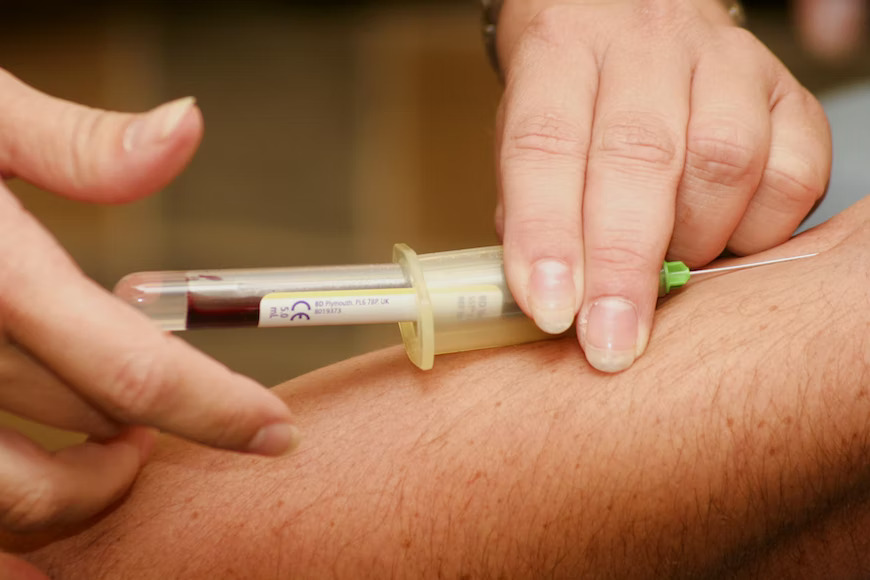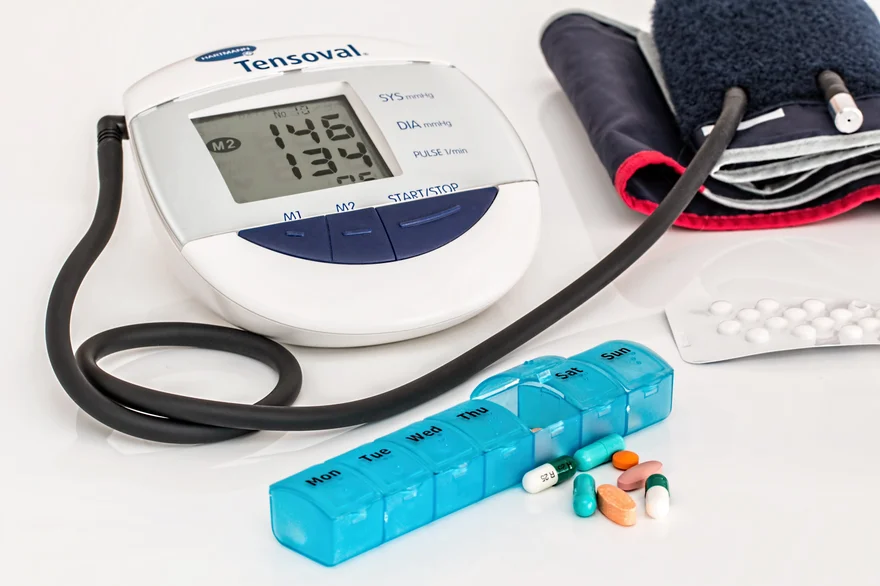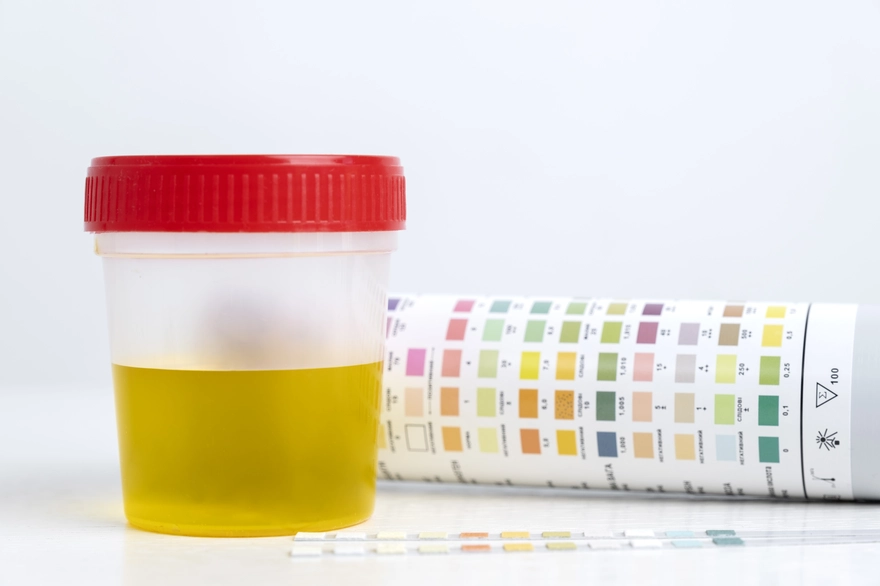Preventive Healthcare
Sodium Test: What It Is?, Purpose, Procedure And Results
11738 Views
0

What is a Sodium Test?
A sodium test is a medical test used to determine the sodium level in a person's blood or other body fluid. The test is used to diagnose and monitor certain diseases and conditions, such as high blood pressure and heart disease. A sodium test typically involves collecting blood or other body fluid samples for testing.
Sodium levels in the bloodstream are affected by many factors, including diet, exercise, medical conditions, and medications. A sodium blood test can help diagnose and monitor these conditions.
There are three main types of sodium tests:
- Direct
- Indirect
- Total
Direct tests measure the amount of sodium present in a sample directly.
Indirect tests use a chemical reaction to produce a signal representing the sample's amount of sodium.
Total tests combine direct and indirect measurements to calculate sodium concentration in the sample.
Sodium levels vary depending on a person's age, sex, diet and activity level. The National Institutes of Health recommends that adults consume no more than 2,300 mg daily (about 1 tsp). Children under 18 should limit their intake to 1,500 mg daily (about ½ tsp). Pregnant or breastfeeding adults should consume no more than 1,000 mg daily (about ¼ tsp).
Purpose of a Sodium Test
Sodium levels may be tested for, and the findings may be used to diagnose and treat various forms of hypertension. For the following purposes, a sodium blood test is necessary:
- Diagnosing sodium insufficiency
- To track the severity of a sodium shortage
- For evaluation of the patient's response to therapy for low sodium levels
- Finding the root causes of undiagnosed hypertension and cardiovascular disease
- Identify possible risk factors for developing consequences from chronic sodium deficits
Levels of Sodium in The Body
The sodium level in the body depends on the amount of water lost through sweat, urine, and faeces. A sodium test can measure the sodium level in either whole blood or serum. The normal range for whole blood sodium is 130-145 mmol/L, while the normal range for serum sodium is 136-153 mmol/L.
Your sodium level may be normal, low, or high, depending on your health condition.
- Screening levels are usually just over 140 mg/dL, below the normal range of 130-145 mg/dL.
- Higher levels may be present if there is a problem with your kidney function. A level over 230 mg/dL is considered an emergency and indicates that you may have a serious kidney issue.
Procedure for a Sodium Test
To perform a sodium test, you must fast for at least eight hours before taking the sample. You will also need to drink plenty of water so the lab can measure the amount of sodium in your blood or urine sample.
To perform a sodium blood test, these are the following procedures:
- Collect a blood or serum sample, insert a needle into one arm, and draw the blood into a tube.
- Collect your urine by placing a cup over your penis and letting it flow into the cup.
- Measure total potassium and magnesium levels using specific assays. You will need to measure the salt in each sample using an appropriate measurement device.
- Determine sodium concentration using an automated analyzer.
- Calculate the sodium level according to known conversion factors.
- Perform an electrocardiogram (ECG) to check for abnormalities.
Results of a Sodium Test
A sodium blood test result will show how much Sodium is in your bloodstream. If the level is above normal, it may indicate that you have a kidney problem or are taking too much salt (sodium).
The results will be sent to your doctor when the sodium test is completed. Your doctor will then determine if you have a low or high sodium level in your blood. Sodium blood test results typically take about two hours to come back.
Normal results
This test returns a normal serum sodium level value between 135 and 145 mEq/L. (milliequivalents per litre). However, the value considered "normal" varies laboratory-wise.
Abnormally low levels
Hyponatremia is a medical condition in which the sodium concentration in the blood drops below 135 mEq/L. The cells may be harmed by hyponatremia. Since they absorb so much liquid, they inflate.
Abnormally high levels
High blood salt levels are medically referred to as hypernatremia. Levels over 145 mEq/L are considered excessive.
Conclusion
Sodium levels in the blood can be affected by several factors, including diet, age, medical conditions, and medications. The most common procedure for sodium testing is called a serum sodium test.
This test measures the normal serum sodium level in a sample of blood. Results from a serum sodium test can help health professionals determine if someone has high sodium levels and if they require treatment.
FAQs
Q: What is The Purpose of a Sodium Test in Humans?
A sodium test measures the normal serum sodium level in the blood. Many factors, such as diet, exercise, and medications, can affect sodium levels. A sodium blood test can help doctors diagnose and treat conditions related to high or low sodium levels in the blood.
Q: How Often Should I Have a Sodium Test Done?
A sodium test should be done yearly if you have no medical reasons to suspect your sodium level is abnormal. If you have high blood pressure, diabetes, or kidney problems, your doctor may recommend having a sodium test more regularly.
Q: What is Sodium, and Why is it Important?
Sodium is an essential mineral that helps maintain fluid balance, blood pressure, nerve transmission, and muscle function. Your body needs approximately 3,400 milligrammes of sodium per day. Most of this comes from salt (sodium chloride), but you can also get it from other foods like fruits, vegetables, and dairy products.























 WhatsApp
WhatsApp